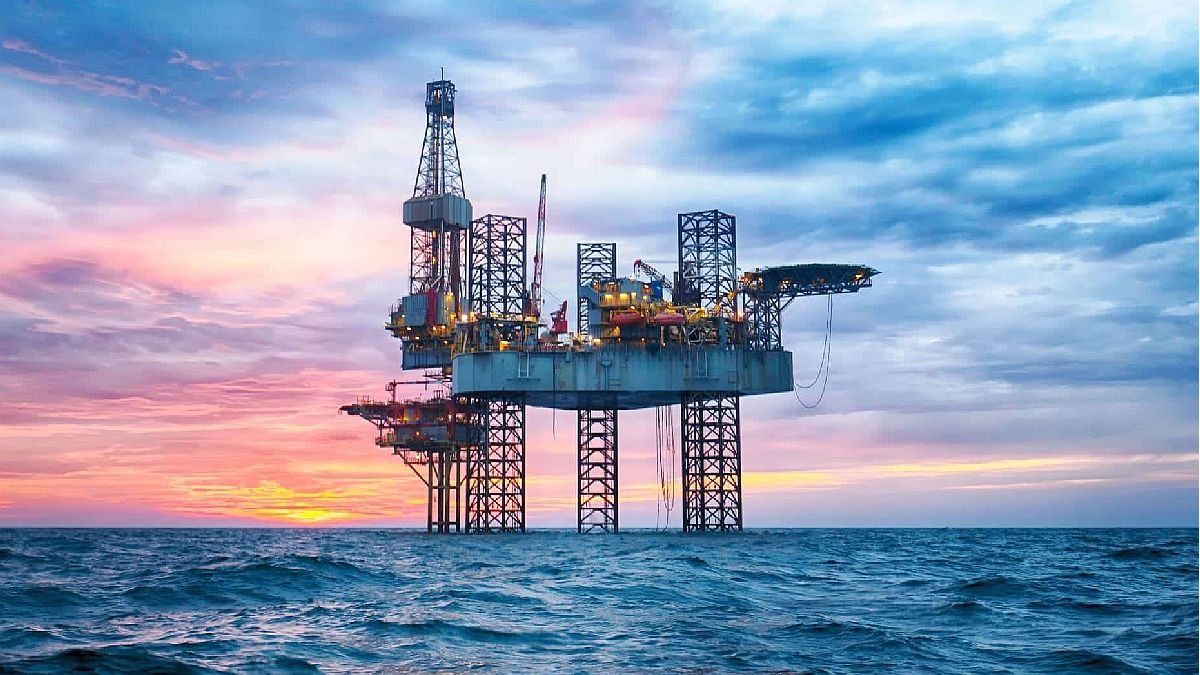According to a detailed report presented by the Hydrocarbon Exploration and Production Chamber (CEPH) in the AOG Expo 2023 organized by the Argentine Institute of Oil and Gas (IAPG) in La Rural, To reach these astronomical figures, total oil production would have to rise to 1.45 million barrels of crude oil and gas production to 226 million cubic meters per day. To achieve these numbers, investments of an average of US$15 billion annually will be needed until 2030, which would mean almost 28% of the investments of the entire Argentine economy in 2022.
“What Argentina has to achieve to reach these production levels is to triple investment levels over the next decade. To do so, a set of regulations is required that centrally regulate prices in the sector and that clearly give a signal of price and alignment of local prices with those in force in the international market,” he defined Nicolas Arceospecialized consultant and author of statistical work for the CEPH.
in dialogue AmbitArceo warned that today local crude oil is paid for 56 dollars a barrel when Brent in the international market is around 90 dollars. “Clearly what this generates is a loss of competitiveness of Argentina with respect to other productive basins at an international level”he remarked.
As expected, the projections include multiplying the activity in Vaca Muerta by three or four, without contemplating Palermo Aike nor the offshore North Basin. By 2030, hooked oil wells should increase from 226 to 554, while gas wells must scale from the current 112 to 370. Meanwhile, drilling and fracturing equipment must scale to 31 and 11, respectively. “Argentina needs to define a long-term State policy independent of the political party that is governing at all times”Arceo stated before this medium.
According to the study, the new legal system should guarantee compliance with existing contracts, agreements and incentive programs to stimulate production, such as the Gas.Ar Plan, decrees No. 929/13 and 277/22, among others; carry out complementary tenders for the Gas.Ar Plan to guarantee full supply of local demand; establish exhaustive mechanisms for determining local prices aligned with international prices; the free negotiation of prices and volumes in the local market; sustain the competitiveness of exports by maintaining the export duty rates in force in the short term, and eliminating them in the medium term; expand natural gas exports, both to regional markets and for the construction of liquefaction plants (LNG), with a specific regulatory framework that allows firm long-term exports; fiscal measures that increase the competitiveness of gas projects; the free availability of a growing portion of export earnings; access to the Single Free Exchange Market (MULC) for the acquisition of equipment, debt repayment and profit distribution, and a tax incentive program for conventional production in mature basins.
With a modification of the regulatory framework and the consequent expansion of investments in the sector, Hydrocarbon exports could represent 1.2 times the exports of the soybean complex, 1.8 times the exports of the cereal complex and 3.3 times the exports of the automotive complex during 2022. The challenge is posed.
Source: Ambito




